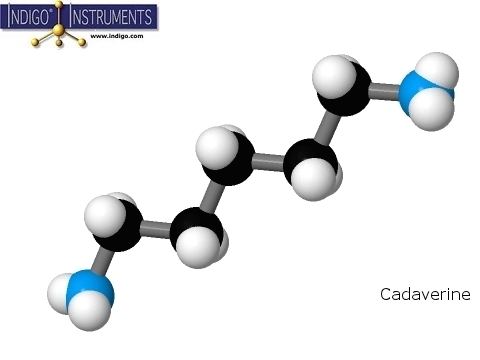3DMet B00334 Density 870 kg/m³ | Formula C5H14N2 Melting point 9 °C | |
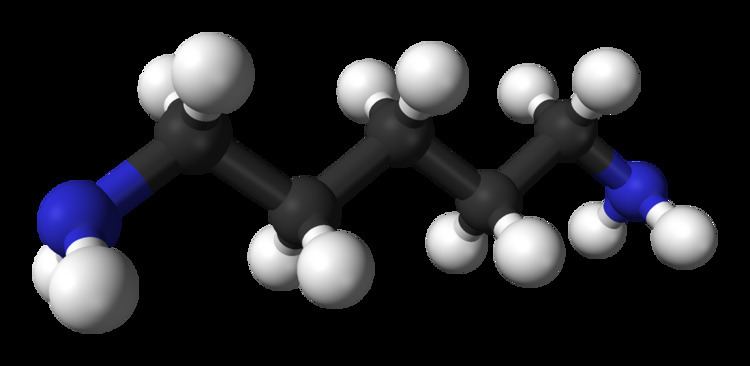 | ||
Related alkanamines Appearance colourless to yellow oily liquid | ||
The county medical examiners nh2 ch2 4nh2 c5h14n2 putrescine cadaverine
Cadaverine is a foul-smelling diamine compound produced by the putrefaction of animal tissue. Cadaverine is a toxic diamine with the formula NH2(CH2)5NH2, which is similar to putrescine. Cadaverine is also known by the names 1,5-pentanediamine and pentamethylenediamine.
Contents
- The county medical examiners nh2 ch2 4nh2 c5h14n2 putrescine cadaverine
- Making cadaverine smell of rotting flesh
- History
- Production
- Clinical significance
- Toxicity
- References
Making cadaverine smell of rotting flesh
History
Putrescine and cadaverine were first described in 1885 by the Berlin physician Ludwig Brieger (1849–1919).
Production
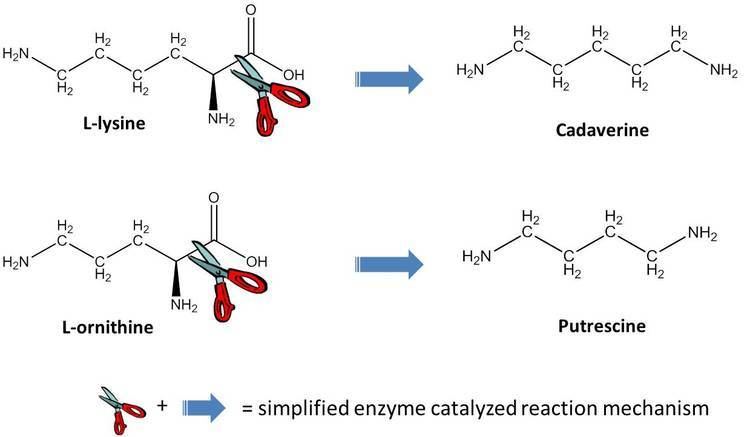
Cadaverine is the decarboxylation product of the amino acid lysine. This can be done at home by heating lysine with a small amount of Sodium bicarbonate mixed in. The produced gas should be led to a glass container which is surrounded by ice water. The heating must be done in a glass container, as metals may contaminate the process.

However, this diamine is not purely associated with putrefaction. It is also produced in small quantities by living beings. It is partially responsible for the distinctive odors of urine.
Clinical significance
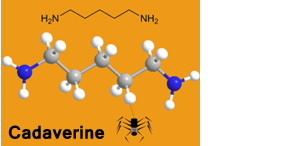
Elevated levels of cadaverine have been found in the urine of some patients with defects in lysine metabolism. The odor commonly associated with bacterial vaginosis has been linked to cadaverine and putrescine.
Toxicity
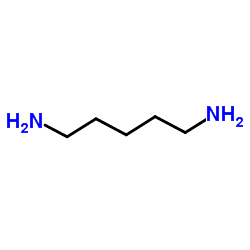
Cadaverine is toxic in large doses. In rats it has a low acute oral toxicity of 2000 mg/kg body weight, with no-observed-adverse-effect level of 2000 ppm (180 mg/kg body weight/day).
